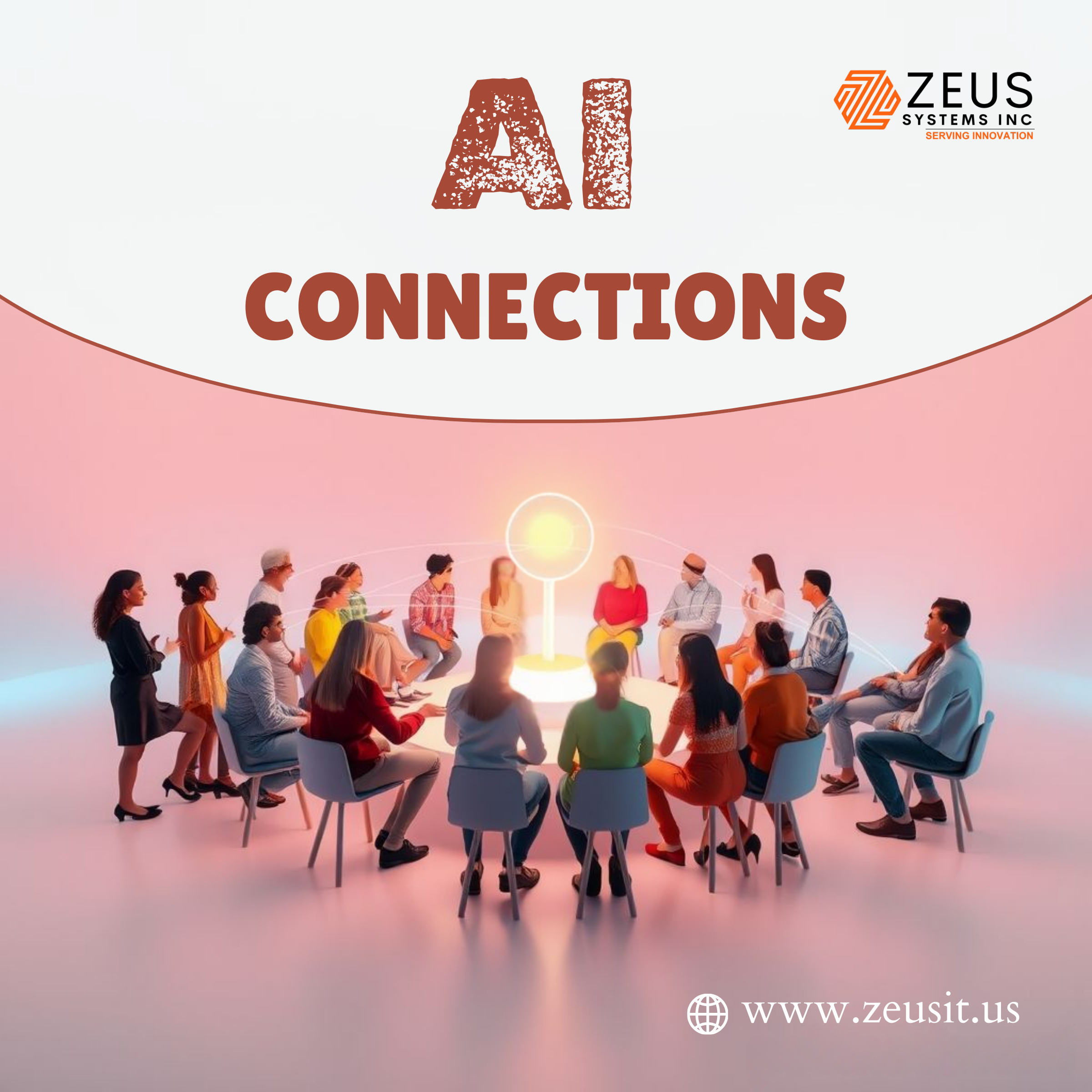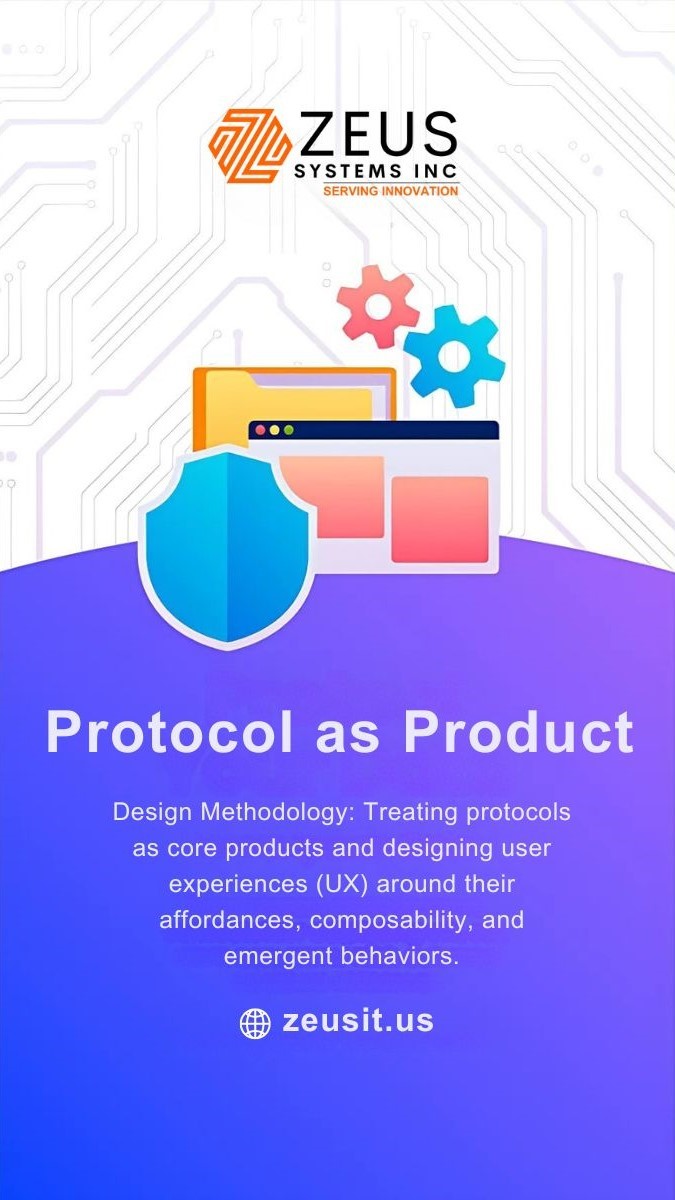The Next Frontier in Social Interaction: From Individual AI to Collective Connection
The advent of artificial intelligence has already transformed individual interactions in the digital realm—AI chatbots and personalized recommendations have become the standard. However, a revolutionary frontier is now emerging in the realm of group dynamics. As venture capitalists increasingly back AI-driven tools that facilitate not just one-on-one interactions but multi-user social engagement, the concept of “AI‑mediated Social Networks” is becoming an increasingly plausible way to reshape how we bond digitally.
While much of the discourse around AI-mediated interactions has centered on enhancing the solo experience—think of ChatGPT, digital assistants, and personalized newsfeeds—fewer have investigated how AI could optimize the real-time emotional connection of group conversations. What if AI could coach groups in real-time, mediate interactions to improve emotional intelligence, or even prepare individuals for meaningful group interactions before they even happen?
This isn’t just about technology that “understands” a conversation; it’s about AI that facilitates connection—driving emotional resonance, coherence, and social cohesion within groups of people.
The Rise of the AI Group Facilitator
Let’s imagine this scenario: a group of friends, colleagues, or even strangers gather in a virtual space, ready to engage in a deep discussion or collaborative project. With AI as a guide, this group isn’t left to rely on traditional social norms or rudimentary “chatbot” interactions.
Here’s how the dynamic could shift:
- Real-Time Emotional Coaching for Group Interactions:
AI could continuously analyze the emotional undertone of the conversation, identifying signs of frustration, confusion, or excitement. It would offer subtle cues to users: “You might want to express more empathy here,” or “Maybe it’s time to switch the topic to maintain balance.” Over time, group members could become more adept at emotional intelligence, as the AI subtly nurtures their awareness of non-verbal cues and interpersonal signals. - Conversational Training Modules Before Group Events:
Imagine preparing for a group discussion with personalized coaching. AI could analyze each individual’s past conversational patterns, style, and emotional engagement to generate a tailored conversation strategy before a group event. For example, a reserved individual might receive advice on how to open up more, while an overly dominant participant might get tips on balancing their input with others. - Conversational Preparation for Deep Group Bonding:
Beyond logistical support (scheduling meetings, managing agendas, etc.), AI could provide conversation prompts based on the group’s dynamic and emotional energy. It might suggest “ice-breakers” or “empathy prompts” that are designed to engage people’s shared interests or address unspoken tensions. This can be particularly useful for creating trust in new teams or fostering closer connections within established groups. - AI as the Connector Between Human Emotion and Digital Spaces:
Where many social networks today thrive on fleeting interactions—likes, comments, shares—AI-mediated platforms could shift the focus from transactional interactions to transformational experiences. By enhancing empathy and emotional resonance in group settings, AI would facilitate deep, lasting emotional connections. The AI itself would serve as both a facilitator and a “third party,” ensuring that conversations evolve in a way that fosters personal growth and mutual understanding.
The AI “Emotional Concierge” for Digital Communities
At the heart of these AI systems would be what I’ll refer to as an “Emotional Concierge”—an intelligent, context-aware assistant that plays the role of a group dynamics optimizer. This AI would be able to:
- Recognize Group Energy: Whether it’s a heated debate or a casual chit-chat, the AI could gauge the emotional energy of the conversation and guide it accordingly. For example, if the group starts to veer into negative territory, the AI could intervene with suggestions that guide participants back to constructive discourse.
- Understand Context & Subtext: Much like a skilled mediator, the AI would grasp underlying tensions, unspoken emotions, and hidden agendas within the conversation. This would allow it to offer real-time conflict resolution or empathetic feedback, ensuring group members feel heard and valued.
- Analyze Group Chemistry Over Time: Imagine AI learning from previous interactions and gradually “understanding” the unique social chemistry of a specific group. Over time, this would allow the AI to provide highly specialized insights and interventions—suggesting new topics of conversation, revealing hidden strengths in group dynamics, and even offering individualized advice on how to best relate to each group member.
- Maintain Social Equity: In any group conversation, some voices are louder than others. The AI could ensure that quieter members have the space to speak, providing subtle prompts or gentle reminders that everyone deserves an opportunity to contribute. This would democratize group conversations, ensuring a balance of perspectives and preventing social hierarchies from forming.
Designing the “Multiplayer” AI Social Platform for Meaningful Connection
To realize this vision, tech companies and AI startups will need to re-imagine social platforms as multiplayer environments rather than traditional forums for one-on-one communication. The design of these AI-powered platforms would emphasize:
- Collaborative Spaces with Fluid Roles: A virtual space where users can easily switch between being participants, moderators, or even AI-coached observers. AI would allow individuals to opt into roles that best fit their emotional and social needs at any given moment.
- Fluid Conversation Dynamics: Group conversations would no longer be linear or static. The AI would allow for branching conversations that keep everyone engaged, facilitating deep dives into certain subtopics while maintaining group cohesion.
- Emotionally Intelligent AI Integration: Every AI tool embedded within the platform (whether for personal assistance, group moderation, or individual coaching) would be emotionally intelligent, capable of understanding both verbal and non-verbal cues and adjusting its responses accordingly. For example, recognizing when a participant is experiencing anxiety or confusion could lead to a brief moment of coaching or empathy-building dialogue.
- Real-Time Relationship Mapping: Rather than simply aggregating individual profiles, these platforms would track relationship development in real-time—mapping emotional closeness, trust levels, and social exchanges. This would create a “relationship score” or emotional map that guides the AI’s future interventions and suggestions, optimizing for deeper, more authentic connections.
AI as the Next Era of Social Engineering
This new era of AI-driven social networks wouldn’t just reshape conversations—it would redefine the very nature of human connection. Through intelligent mediation, real-time coaching, and adaptive emotional intelligence, AI has the potential to make group conversations more meaningful, inclusive, and emotionally enriching.
However, there are also ethical concerns to address. The balance between AI’s facilitative role and human agency needs to be carefully managed to avoid creating overly artificial, orchestrated social experiences. But with thoughtful design, this “multiplayer mode” could lead to a future where AI doesn’t replace human connection but enhances it—bringing us closer together in ways we never thought possible.
Conclusion: A New Era of Social Bonds
As AI enters the multiplayer social space, we’re on the cusp of a transformative shift in how we bond online. By rethinking AI’s role not just as a tool for individuals, but as an active facilitator of group dynamics, we open the door to deeper, more emotionally connected experiences—one conversation at a time. In this new world, AI might not just be a passive observer of human interaction; it could become a trusted coach, a mediator, and a guide, helping us build the social bonds that are essential to our well-being. As venture capitalists place their bets on the future of AI, one thing is clear: the future of human connection will be multiplayer—and powered by AI.










